‘Math and Redistricting’ Students Learn to Take Active Role in the Political Process
Using population data from the 2020 census, students in Trinity’s fall 2021 “Math and Redistricting” course taught by Visiting Assistant Professor of Mathematics Kyle Evans created new Connecticut congressional district maps that they submitted to the state’s Reapportionment Commission for its consideration. Their proposed maps have become part of the Connecticut General Assembly’s official public hearing testimony.
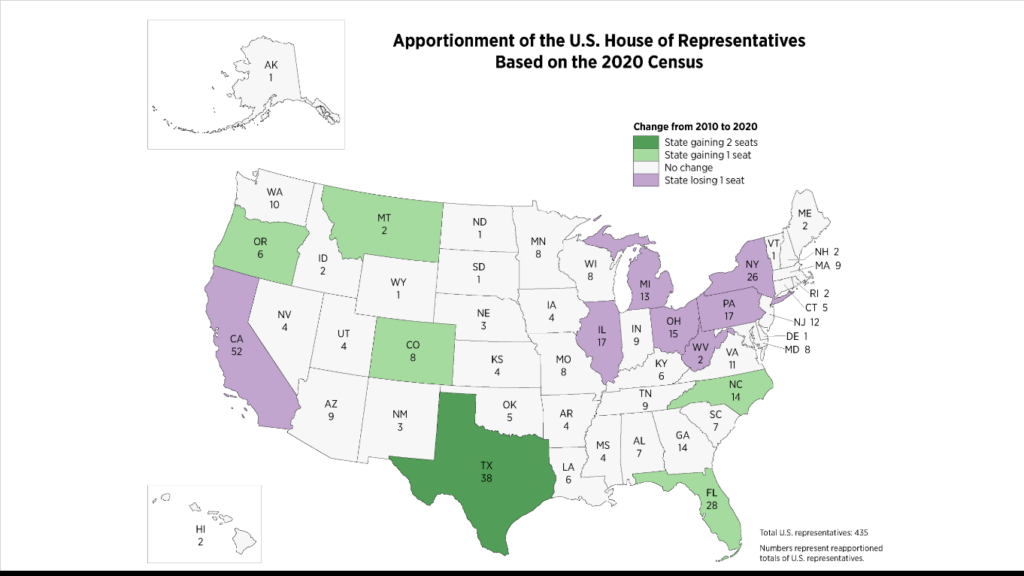
Designing carefully considered congressional maps is one highlight of the Community Learning course that explores the relationship between math and democracy, which is a focus of Evans’ research. “I wanted to design a course on redistricting because it’s an authentic interdisciplinary topic,” Evans said. “Students are learning mathematical techniques for evaluating maps, hearing about relevant court cases, researching policies and processes across different states, and using multiple online programs for creating and evaluating maps. It’s a different approach than a traditional math class or public policy class, which cover a lot of content. This course focuses on one topic and goes as deep as possible.”
The majority of students enrolled in the course have been those majoring in political science or public policy and law, but Evans said any student with interest can take it and it counts toward the numerical requirement.

Evans first taught the course at Trinity in fall 2019; it has evolved each semester to follow the redistricting process. “The census is what guides this process every 10 years and makes this work necessary,” he said. “We talk about apportionment—meaning how many districts and representatives each state gets—and how each state handles redistricting.” [In Connecticut, that process is now in the hands of a special master, after the Reapportionment Commission failed to meet its December deadline. The Connecticut Supreme Court’s deadline to draw a congressional map is February 15, 2022.]
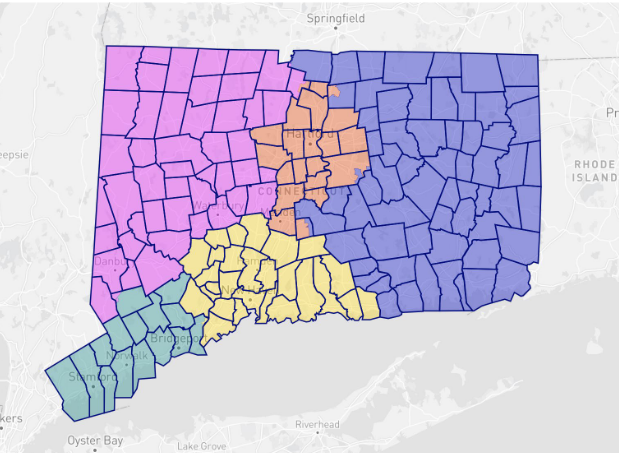
In the fall, students delved into the role that geometry plays in the process of mapping the districts and learned about different forms of gerrymandering, which moves district borders to give one party an advantage. “Racial gerrymandering is illegal, so we reviewed that legal history and the statistical tests involved in bringing forward a possible case of racial gerrymandering,” Evans said.
The course culminated in several map-making projects. “The students get really excited about mapping,” Evans said. “It’s one thing to learn about stuff and it’s another to actually get involved and do it yourself.” Using the online platform Dave’s Redistricting App, which includes census data from every state, students worked both individually and together on various mapping assignments. “The theme is always fair maps. How do we get fair maps and what does that mean? There are a lot of competing ideas of what fairness can mean and sometimes these go against each other, so it’s hard to come up with a map that does all these things at the same time. I ask the students to reflect on that and put their ideas to the test,” Evans said.
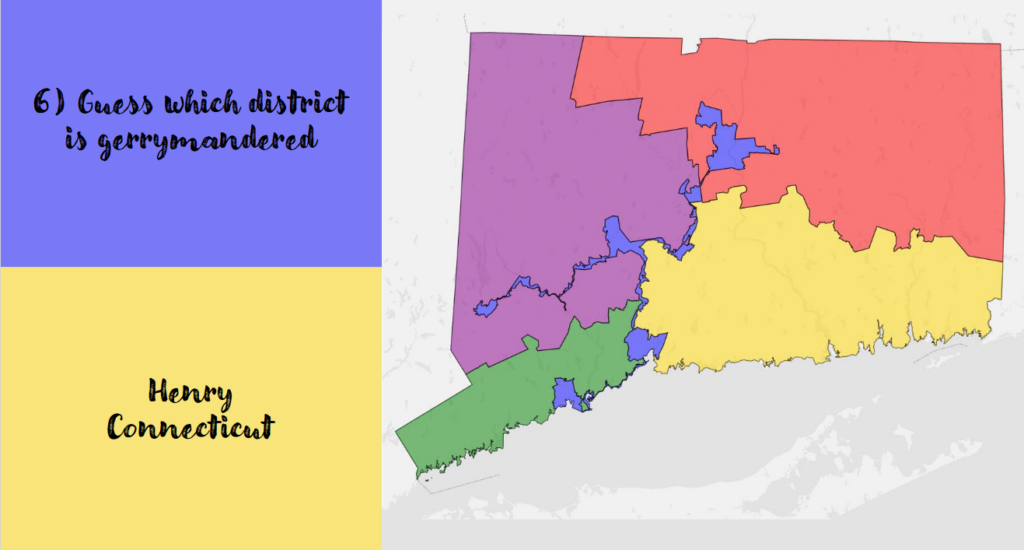
Henry Shapiro ’24, who is pursuing majors in math and computer science, said he had his notions of fairness challenged. “Prior to taking this class, I would consider any weirdly shaped voting district to be a ‘gerrymander’ and anything else to be fair,” he said. “This class changed my understanding drastically and showed me how much more complex the redistricting process is.”
Students also designed new Connecticut General Assembly and Connecticut Senate district maps, and partnered with the nonpartisan Connecticut League of Women Voters on an advocacy project asking legislators in Hartford to pass legislation to make the redistricting process more transparent.
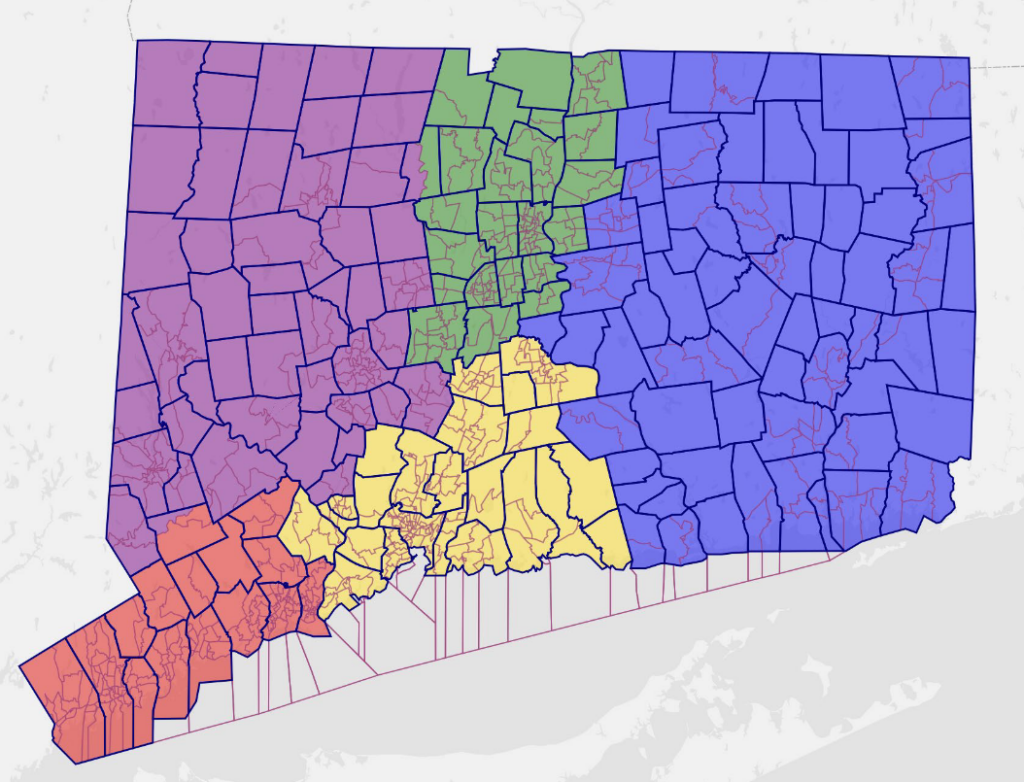
Anna Grant-Bolton ’25, who plans to major in human rights and public policy and law, said the most memorable part of the class was collaborating with the League of Women Voters to create a Connecticut redistricting preview. “We were assigned a region in Connecticut to review demographic changes that may influence state house redistricting and develop a potential state house map. This project was a win-win: students were able to expand their knowledge of the state redistricting process, while the League of Women Voters was able to publish a comprehensive Connecticut state house redistricting preview,” she said.
Evans said that one of his goals for the course is to help students feel empowered to participate in the political process. “Students come in not knowing what redistricting means. By the end, once they’ve done this mapping and worked collaboratively, know how to use data and have a notion of true fairness, they’re well equipped to handle this process,” he said. “Any time you can get students involved in the actual political process, it’s empowering.”
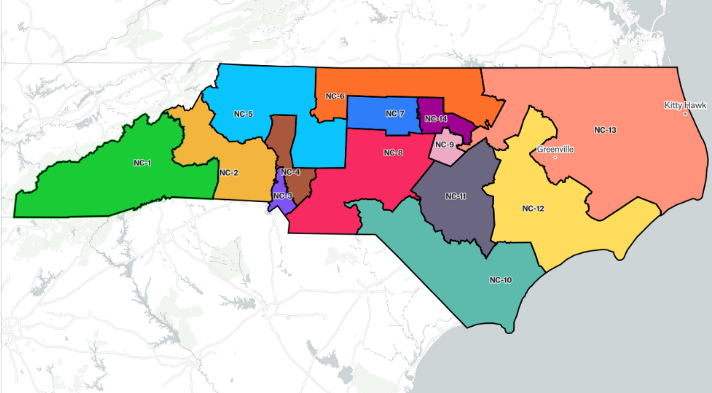
As the result of one class exercise, political science major Abbie Wager ’23 was named as one of four winners of the “Map Across America” national redistricting contest. “I won the Judge’s Pick award for my congressional map of North Carolina,” she said. “Professor Evans empowered me to participate in the political process by proving how much our voices truly can be heard, especially when informed with the proper knowledge. It does not matter that we are a young generation of college students, because our voices matter, and change in the system can only come from us willing to take a stand for what we believe in. I would encourage other students and voters to send an email to their local or state representative for an issue that they want to see resolved.”
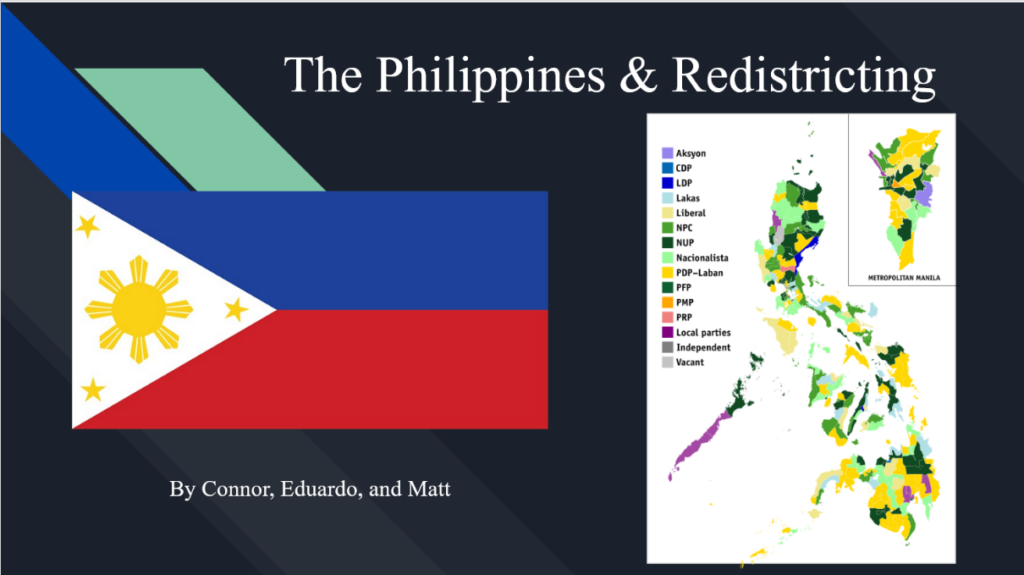
The curriculum included every level of politics, from the hyperlocal—compiling a resource of districts within towns—to the global, with a unit on redistricting around the world. “We’re zooming in and zooming out as much as possible,” Evans said. “I feel like this class can be a model in terms of what we can do that is authentic, interdisciplinary, and has some form of participatory engagement. It’s something that I’m truly proud of, something the students are really excited about, and something that really matters.”
Shapiro added, “I believe that while the class itself appealed to my interests, Professor Evans’ teaching philosophy and passion for the class are what have truly inspired me to engage in the political process. In learning about the intersection between mathematics and politics, it’s opened my eyes to the fact that virtually any field of study has some form of intersection with the political process. Whether you’re majoring in human rights, engineering, or anything in between, it’s worth asking yourself: what skills do you have or are you learning that you could use to effect change?”
Learn more about mathematics at Trinity College here.
